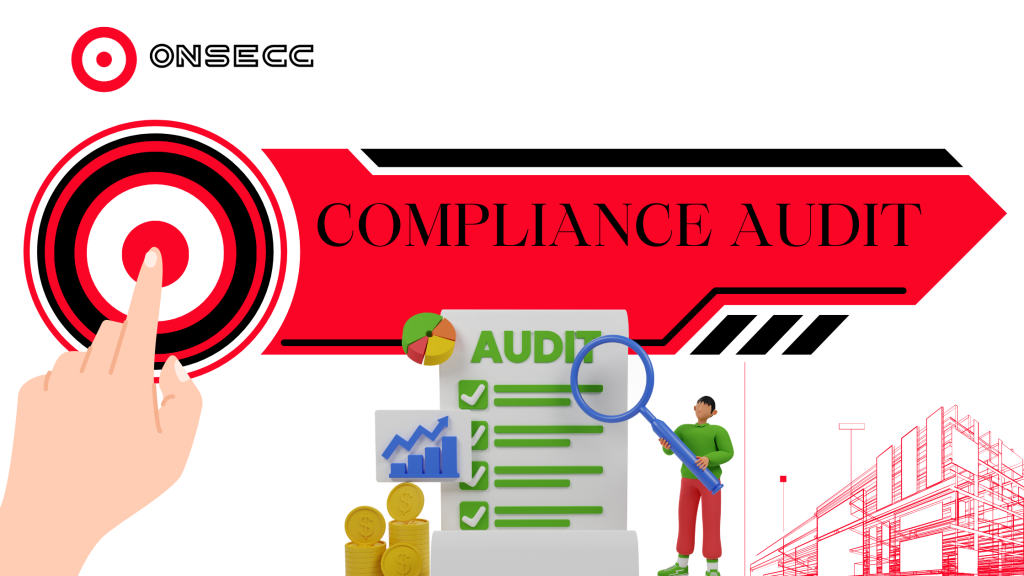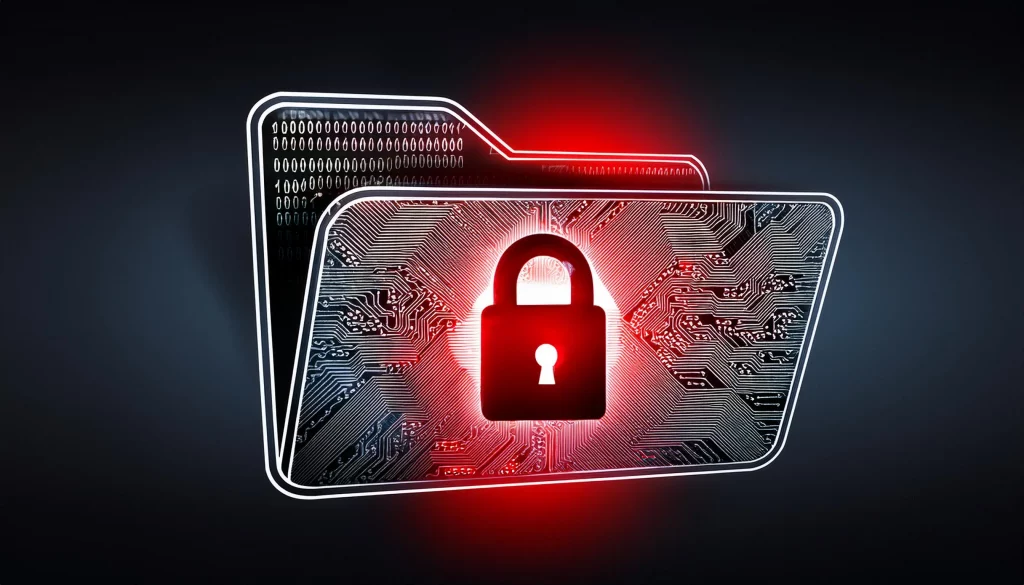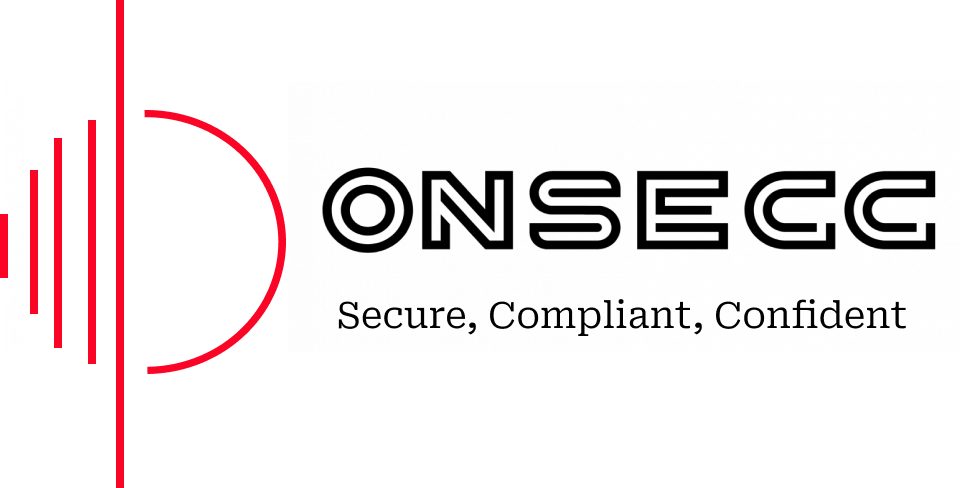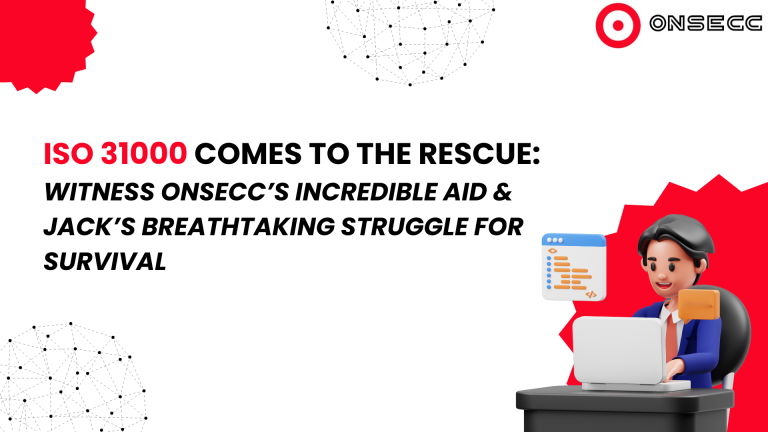Compliance Audit Checklist: A Step-by-Step Guide for Businesses
In the intricate tapestry of rules that govern our society, compliance audits emerge as the linchpin ensuring collective well-being. For businesses, it’s a dual commitment – voluntary standards for excellence and mandated adherence to regulations. At the core of this assurance lies the compliance audit. This meticulous process, conducted by experts, evaluates internal controls, confirming that standards are not just met, but exceeded. Discover how a comprehensive Compliance Audit Checklist can steer your business towards a seamless, regulation-compliant future.
In This Article:
- Introduction
- Understanding the Audit Process
- Define Audit Objectives and Scope: Step 1
- Assemble Your Audit Team: Step 2
- Conduct a Preliminary Risk Assessment: Step 3
- Document Policies and Procedures: Step 4
- Perform a Detailed Compliance Review: Step 5
- Analyze Findings and Generate Reports: Step 6
- Implement Corrective Measures: Step 7
- Monitor and Review: Step 8
- Conclusion
- FAQs

Also Read: Compliance Audit Checklist: A Step-by-Step Guide for Businesses
Introduction: Compliance Audit
In the complex landscape of regulatory requirements, ensuring compliance is not just a legal obligation, but a crucial aspect of maintaining trust and integrity in your business operations. A compliance audit serves as a vital tool in this endeavor, offering a systematic evaluation of adherence to industry-specific standards and regulations. In this comprehensive guide, we will walk you through an actionable step-by-step checklist for conducting a successful compliance audit, tailored specifically for businesses in the IT, technology, financial services, healthcare, and oil and gas sectors.
Understanding the Audit Process
Before diving into the checklist, it’s imperative to grasp the audit process itself. Onsecc, a prominent compliance consultancy, plays a pivotal role in this process. They provide expert assistance in conducting compliance audits, bringing in their own seasoned audit team, as well as collaborating with trusted partner teams.
Define Audit Objectives and Scope: Step 1
Begin by outlining the specific goals and scope of your compliance audit. Clearly articulate the regulations, standards, and frameworks that will serve as the benchmark for evaluation. Consider industry-specific requirements and any recent updates in compliance laws.
Assemble Your Audit Team: Step 2
Select a team of auditors with expertise in both the industry and the regulatory framework under consideration. Ensure they possess a comprehensive understanding of compliance nuances within IT, technology, financial services, healthcare, or oil and gas.
Conduct a Preliminary Risk Assessment: Step 3
Evaluate potential areas of non-compliance and associated risks. Identify critical processes, data points, and systems that require meticulous examination during the audit.
Document Policies and Procedures: Step 4
Thoroughly document existing compliance policies, procedures, and controls. Verify their alignment with the specified regulations and identify any gaps or inconsistencies.
Perform a Detailed Compliance Review: Step 5
This phase involves a meticulous examination of processes, data handling, security measures, and adherence to industry-specific standards. Pay special attention to access controls, data encryption, and any technology-specific compliance requirements.
Analyze Findings and Generate Reports: Step 6
Collate the audit findings and categorize them based on severity and priority. Generate comprehensive reports that outline observed non-compliance issues, along with recommendations for corrective actions.
Implement Corrective Measures: Step 7
Collaborate with relevant stakeholders to implement corrective measures. Ensure these measures address the root causes of non-compliance and establish robust preventive mechanisms.
Monitor and Review: Step 8
Establish an ongoing monitoring process to track the effectiveness of implemented corrective measures. Regularly review and update compliance policies and procedures to adapt to evolving regulatory landscapes.
Conclusion
A well-executed compliance audit is not only a means of meeting legal obligations but also a strategic investment in the long-term success and reputation of your business. By following this step-by-step checklist, tailored to the unique requirements of IT, technology, financial services, healthcare, and oil and gas sectors, you can navigate the complexities of compliance with confidence. With the support of experts like Onsecc and their trusted partner teams, you can ensure that your business remains at the forefront of regulatory compliance.
Contact info
- 3rd Floor, 86-90 Paul Street, London, EC2A 4NE, UK
- +44-2034880245
- hello@onsecc.com
Share Blog On
Recent Posts:
-
 Cyber Insurance for Small Businesses: What You Don't Know Could Cost You Everything
Cyber Insurance for Small Businesses: What You Don't Know Could Cost You Everything -
 Meet AkiraBot: The AI Spam Demon Haunting 420,000 Websites (and Counting)
Meet AkiraBot: The AI Spam Demon Haunting 420,000 Websites (and Counting) -
 2,500 Faces of Deceit: The Proliferation of Malicious Truesight.sys Variants
2,500 Faces of Deceit: The Proliferation of Malicious Truesight.sys Variants -
 Zero-Day Vulnerabilities: The Invisible Threat Redefining Cybersecurity
Zero-Day Vulnerabilities: The Invisible Threat Redefining Cybersecurity -
 The Middle East’s Cybersecurity Gap: Building Defenses for a Digital Future
The Middle East’s Cybersecurity Gap: Building Defenses for a Digital Future -
 The Cost of Non-Compliance: What the TfL Cyber Attack Teaches Us
The Cost of Non-Compliance: What the TfL Cyber Attack Teaches Us -
 GDPR in the United States: A Do or Die Situation for Businesses
GDPR in the United States: A Do or Die Situation for Businesses -
 Is Your Business PCI Compliance Certified? Don’t Risk It!
Is Your Business PCI Compliance Certified? Don’t Risk It! -
 12 Ways Onsecc Enhances SaaS Cybersecurity Compliance
12 Ways Onsecc Enhances SaaS Cybersecurity Compliance -
 Practical Insights into Implementing ISO/IEC 27001:2022
Practical Insights into Implementing ISO/IEC 27001:2022
Compliance Audit: FAQs
Compliance audits are important for businesses to identify and rectify any non-compliance issues. This helps in maintaining legal and regulatory compliance, reducing legal risks, and upholding the integrity and reputation of the organization.
Compliance audits can be conducted by internal teams within the organization, external auditing firms, or compliance consultants. These auditors should have expertise in the relevant industry and regulatory frameworks.
If a compliance audit identifies non-compliance issues, the organization should take immediate action to rectify them. This may involve implementing corrective measures, updating policies and procedures, and establishing preventive controls to ensure future compliance.
To stay updated with regulatory changes, businesses should subscribe to relevant industry publications, engage with regulatory authorities, participate in industry conferences, and consider consulting with compliance experts or firms like Onsecc for guidance and support.





